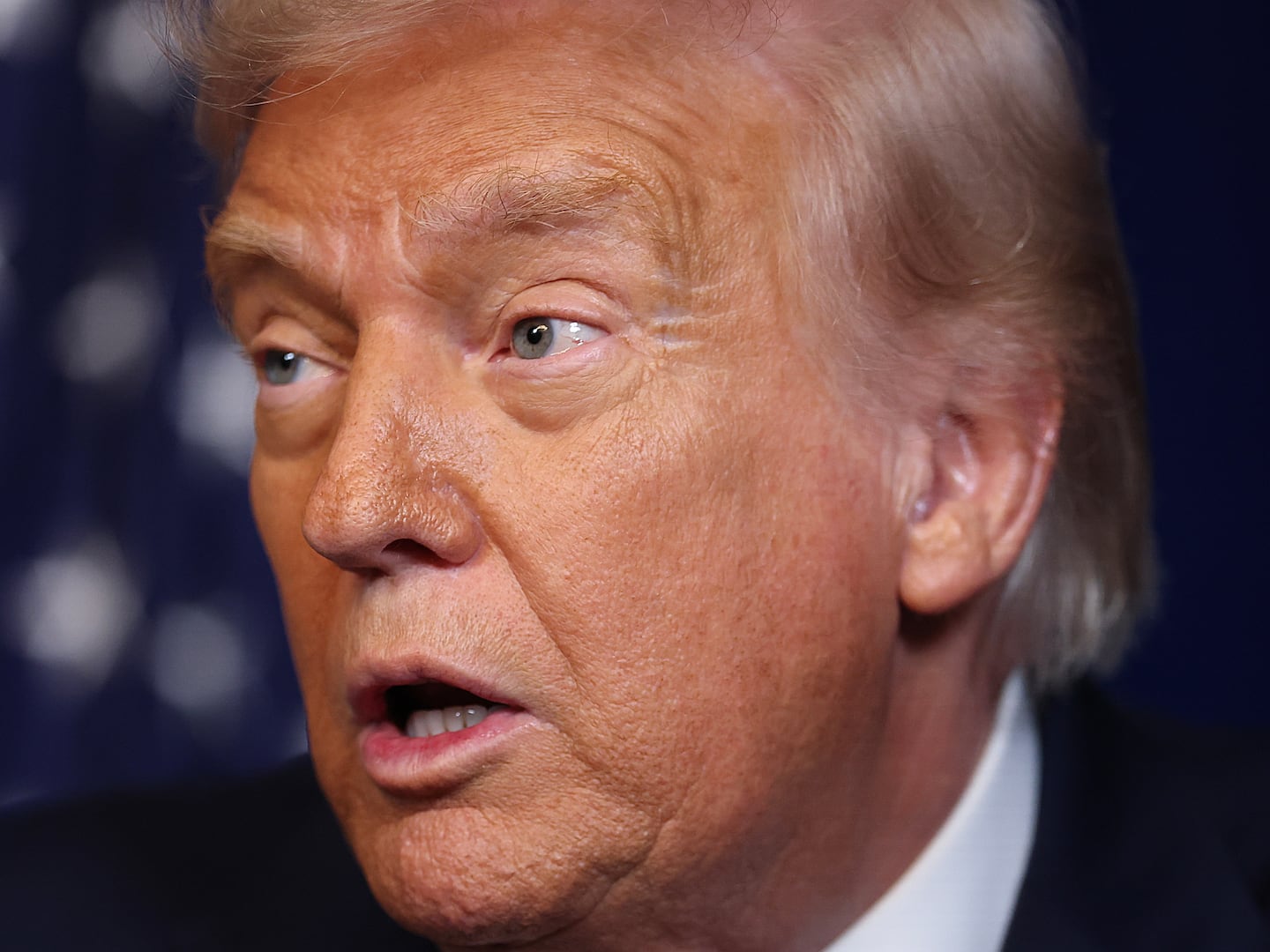With the three-day Fourth of July weekend upon us, it’s a good time to ask a critical question: What’s my chance of dying this holiday? And so, in the latest installment of my ongoing public service commitment to advise you just how panic-stricken to be around each holiday, here are a few facts.

With every Fourth comes a mini-epidemic of two distinct health problems: explosion-related injuries and drunk-driving car accidents. Each is well-documented by our data-nutty society and each demonstrates that our national love of excess remains at odds with our desire to live long and prosper.
First, the fireworks. The U.S. government’s Consumer Product Safety Commission maintains an active website that chronicles each and every reported firework-related injury. It also links to a no-nonsense 45-page pdf called the “Fireworks Annual Report“ that gives all the details since 1998. (Bonus for the obsessive pdf-reader: Appendix Table 1 on page 34 shows fireworks injuries expressed as a rate per 100,000 pounds of fireworks.)
According to the report, in 2013, eight people died in holiday fireworks accidents, including four who died in house fires started by fireworks and others who sustained fatal trauma to the head or chest from a powerful explosion. In addition, 7,400 (65 percent) of the 11,400 fireworks-related injuries seen in U.S. emergency rooms in 2013 occurred during the four-week period around the Independence Day celebration.
Kids younger than 15 accounted for almost half of the ER visits, with sparkler accidents (and sparklers seemed so safe and boring!) accounting for the largest group. The body parts involved included hands and fingers (36 percent), face (22 percent), and eyes (16 percent), confirming the reasonableness of the age-old adage about fireworks “taking someone’s eye out.” For an oddly cheerful cartoon of the anatomic distribution, go back to the CPSC fireworks website and look at the bald guy with the red T-shirt.
But wait, there’s more—the Consumer Product Safety Commission also provides a really dorky video featuring Styrofoam mannequins who get their heads blown off to patriotic music. Then, just when you are about to click it off, a real young man speaks poignantly to an invisible outdoor crowd about the fireworks accident that blew off his two hands.
The traffic story is similarly well-articulated, though recent day-by-day stats are hard to find. Forbes produced a most traffic deaths per holiday list in 2009 and found that Independence Day was in the top three (Thanksgiving came in at No. 1), with about 500 deaths per Fourth of July. By comparison, on non-holiday days, there are about 90 traffic-related deaths. Importantly for all holidays, more than 40 percent of the deaths were alcohol-related, compared to 28 percent for the rest of the year.
So there you are, all the guts and gore of Fourth of July, our national celebration of America and Americanness featuring not just our love of country but our love of excess and danger, as well. The antidote to both dangers—fireworks and drunk driving—is the same: tighter regulation. In other words, make fireworks less available for home misuse and develop an ever tougher crackdown on drunk drivers.
Yet what is less American than more regulation?
This Fourth of July conundrum was addressed all the way back in 1907, in the esteemed medical journal JAMA. The anonymous authors of “The Annual Fourth of July Slaughter,” as the headline might suggest, were really steamed (“We must class this public indifference with those other manifestations of the cheapness of life…”). They focused their attention on blast-related deaths due to tetanus that had complicated the various fresh wounds. Fatalities to tetanus numbered 466 in 1903 but went steadily downward with widespread introduction of tetanus antitoxin.
The authors, though, were not content with this narrow medical improvement. They saw a larger societal danger lurking, one more ominous than any homemade firecracker. “Possibly,” they wrote, “these things [fireworks available to all] are the results of overestimation of the importance of ‘personal liberty’ and fear of governmental paternalism inherent in us.”
Welcome to the Fourth of July, our annual celebration not of independence from England but, as the authors suggested 100 years ago, of our long-standing national struggle to find the right balance between individualism and social responsibility. Tragically, as we deliberate, another day of preventable carnage will come and go.






